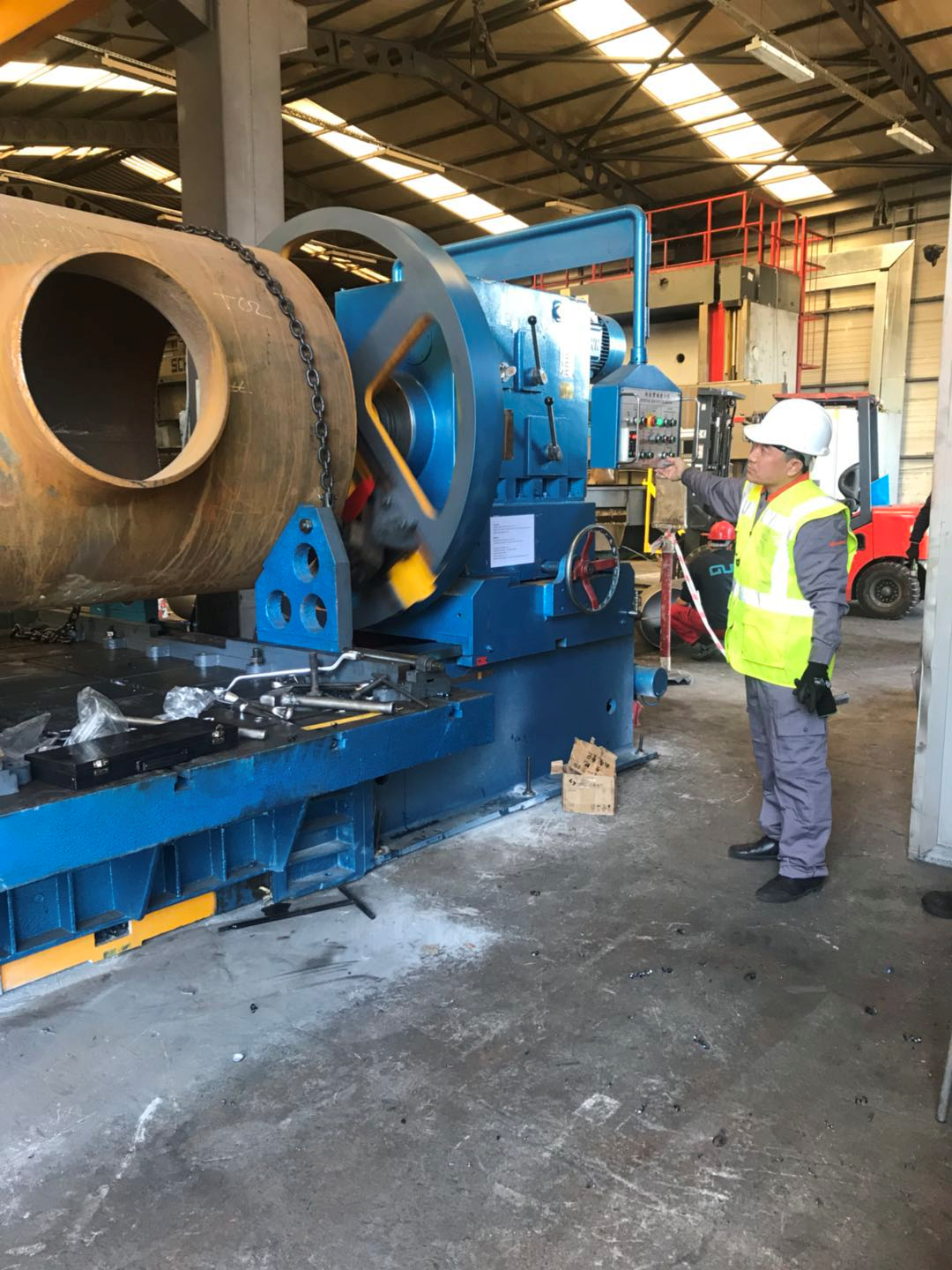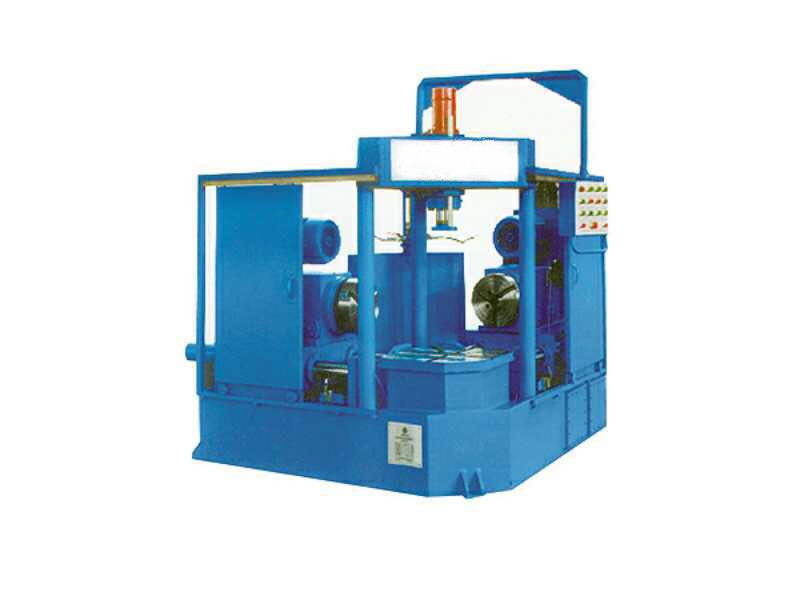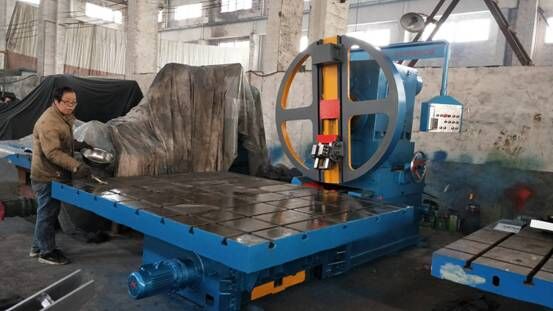Industrial floor paint foaming reasons
Industrial floor paint blisters occur mostly on the first floor or basement, sometimes on the second floor or above. Industrial floor paint blisters are usually found shortly after construction. Some epoxy pavements are laid in the afternoon. blister. The blister grows from small to large, and it develops to a certain extent and then stops. The higher the temperature, the easier the blisters will occur and the faster the rate of development. Blisters vary in shape and vary in size. Some blisters are more than 1m in diameter and 20~50mm in height.
There is no obvious relationship between the generation of blisters and the construction area. The same area is serious, some are lighter and some are intact. The same group of operations, the same material construction of the epoxy floor, some blisters, some intact, indicating that blisters are caused by a variety of factors. The reason for blisters is a problem that everyone cares about. When the blisters are cut open, the bubbles contain water or yellowish liquid. The epoxy floor layer is separated from the base layer, and the cement adhered to the base layer is drawn into a peak. See Figure 1-1; according to the "physical" interpretation, in a closed container containing liquid, the liquid evaporates to form a temperature-pressure relationship between the three curves in saturation.
In a closed container, the pressure of saturated water vapor rises with increasing temperature. When the temperature is 20.C, the pressure inside the drum is 0.01 MPa; and when the temperature is between 70 and 80 °C It rises linearly to 0.1MPa; in many areas, the extreme radiant heat of the ground in hot summer days can reach 70.C. At such high temperature, the epoxy adhesive has softened and weakened, so the shape is the same. Like the air, the epoxy floor layer is bulged and the glue is pulled into a honeycomb shape; some of the epoxy layer and the ground part without blister are not firmly adhered, and the contact part is carefully observed. The part that cannot be cured is because the epoxy has moisture and cannot be cured; so where does the moisture come from?
There are mainly the following sources of water: 1. The base layer, such as cement mortar leveling layer, the maximum moisture content is about 12%, and the maximum water content of the base layer is larger than the leveling layer. 2. Dehydration in other ingredients in the epoxy is endless. 3. Epoxy and base layer construction does not combine well to leave voids and the chemical activity of the epoxy itself, not completely cured or in the presence of residues or gases that are not fully cured by moisture. 4. Moisture gas infiltrated underground in the basement.
The beveling machine is a special tool to chamfer the front end of the pipe or pipe fittings to obtain the angle of the surface . Beveling the pipe or Pipe Fitting for convenient to welding. The beveling angle is mainly 37.5 degree . application material, carbon steel , stainless steel ,alloy steel .
According to the work function , we have two type beveling machine :Single End Manual Beveling Machine and two side auto beveling machine .
Pipe Fitting Beveling Machine photo :



Beveling Machine
Beveling Machine,Pipe Fitting Beveling Machine,Automatic Beveling Machine,Elbow Beveling Machine
Dongguang Huawei Hydraulic Pipe Fitting Machinery Co., Ltd , http://www.pipefittingmachine.com